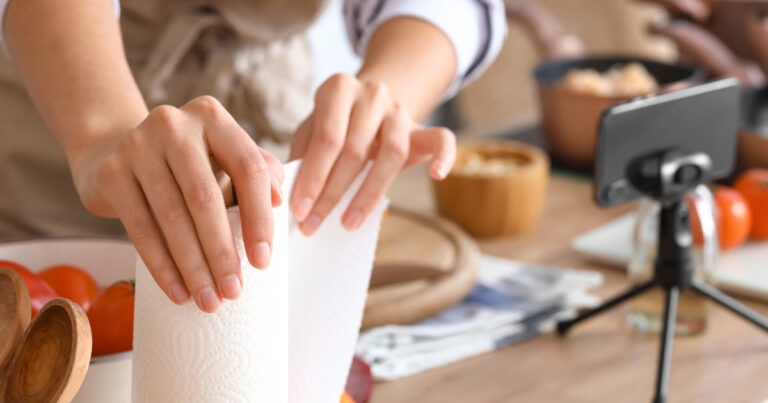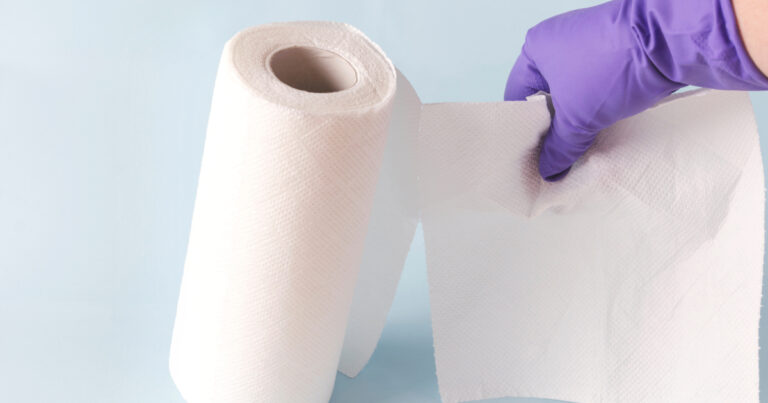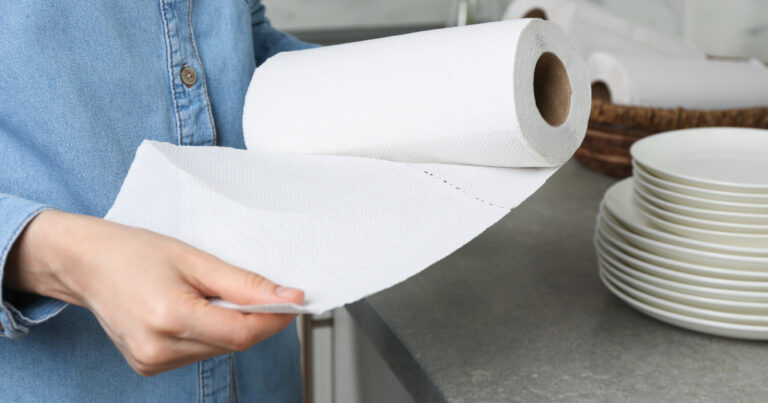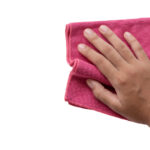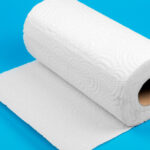If you’re an auto detailing enthusiast, you’ve likely heard about clay bars and clay towels.
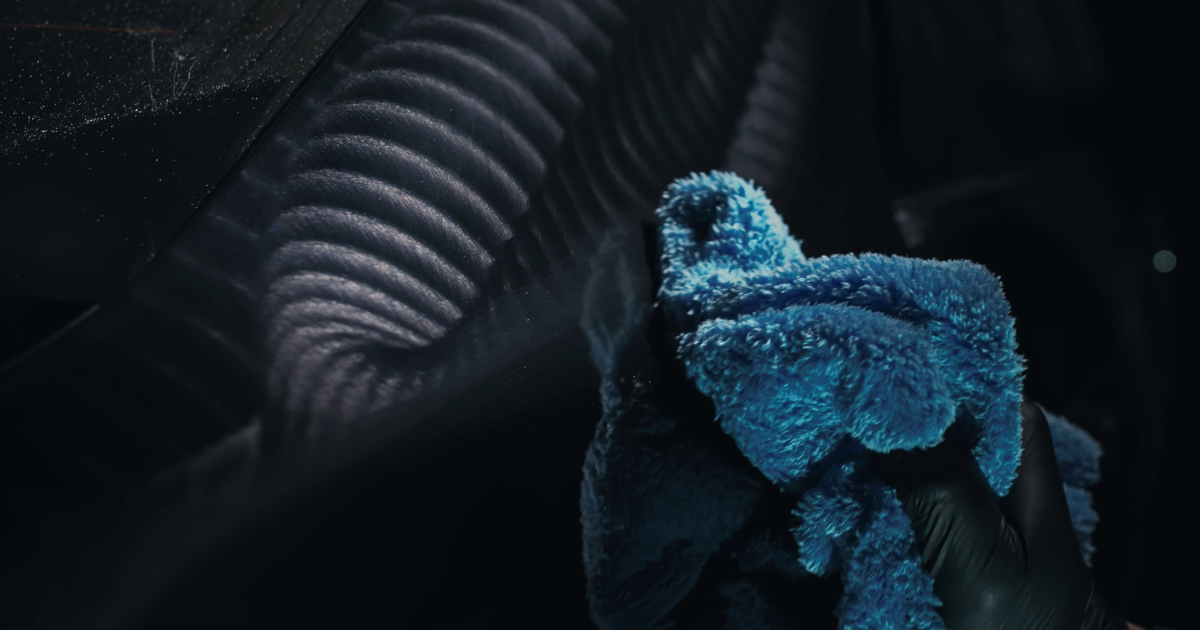
But what exactly are they, and what’s the difference between the two?
What is a Clay Bar?
A clay bar is a detailing product made of soft, malleable clay that is used to remove contaminants from automotive paint. Clay bars are a traditional detailing tool that have been used for many years.
Clay bars are made from natural or synthetic modeling clay. They come in a bar form that you knead in your hands to warm up and soften before use.
The clay material is sticky, which allows it to grab onto and pull out contaminants like tree sap, bug guts, rail dust, and industrial fallout that are stuck to the vehicle’s clear coat. Using a clay bar restores a glass-like smoothness to the paint by getting rid of embedded particles.
To use a clay bar, you rub it back and forth over the painted surface of the vehicle using a lubricant like detail spray or clay lube. The lubricant allows the clay bar to glide smoothly across the paint without causing scratches.
As you rub the clay bar over the paint, it picks up contaminants and they become trapped in the clay. You then knead and fold the clay to bring fresh material to the surface so it can continue cleaning.
Once the clay becomes saturated with contaminants, it will lose its effectiveness and need to be discarded. Most clay bars are good for 1-2 uses on an average sized vehicle before needing to be replaced.
Advantages of clay bars:
- Very effective at removing bonded contaminants
- Leaves paint incredibly smooth
Disadvantages:
- Labor intensive process
- Requires kneading and reworking clay frequently
- Easily dropped and ruined if not careful
- Short lifespan – 1-2 uses typically
What is a Clay Towel?
A clay towel is a newer style of clay detailing product. Instead of a bar form, clay towel is an actual microfiber towel infused with synthetic clay material.
Clay towels provide the contaminant-removal abilities of traditional clay bars in a more convenient and user-friendly format. They were designed to solve some of the frustrations that can come with using old school clay bars.
With a clay towel, there is no kneading required. You simply wipe it across the painted surface to pick up contaminants. The towel can be rinsed clean of debris under running water and reused multiple times before needing to be replaced.
Clay towels are flexible and can easily be molded to fit curved or angled surfaces. This makes them great for cleaning intricate or tight areas that would be difficult to reach with a clay bar.
Using a clay towel involves a similar process to using a clay bar:
- Wash and dry the vehicle first
- Mist painted surface with lubricant
- Wipe clay towel across area using light pressure
- Rinse towel frequently to remove contaminants
- Dry paint and feel for smoothness
Advantages of clay towels:
- More convenient and user friendly
- No kneading required
- Easier to use on curved/angled surfaces
- Can be rinsed and reused multiple times
Disadvantages:
- May not remove bonded contaminants as thoroughly as clay bar
- Still requires lubricant
Clay Towel vs Clay Bar: Key Differences
Now that you understand what clay bars and clay towels are separately, let’s compare the two side-by-side:
| Clay Bar | Clay Towel |
|---|---|
| Kneading required | No kneading |
| Short 1-2 use lifespan | Reusable many times |
| Easily dropped and ruined | Dropping not an issue |
| Natural or synthetic clay | Synthetic clay only |
| Difficult on curved panels | Easily forms to curves |
As you can see, clay towels solve a lot of the frustrations that can come with traditional clay bars. However, experienced detailers will tell you that clay bars remain unrivaled in their ability to deliver that glass-like automotive paint perfection.
So which is better? There is no definitive “better” option. It comes down to personal preference and your specific needs.
Key Takeaway: Clay towels offer greater convenience and ease of use compared to traditional clay bars. But clay bars may provide superior contaminant removal for neglected paint.
How to Choose: Clay Towel vs Clay Bar
When deciding between using a clay towel or clay bar on your vehicle, here are some factors to consider:
Level of Paint Contamination
- For lightly contaminated paint or regular maintenance, a clay towel will sufficiently remove bonded contaminants
- For heavily contaminated or neglected paint, a clay bar will likely be required to deep clean effectively
Type of Vehicle
- For vehicles with lots of curved panels and intricate design, a clay towel will be easier to maneuver
- For vehicles with large flat panels, a clay bar may work fine
User Skill Level
- For beginners, a clay towel is more forgiving and easier to use
- Experienced detailers may prefer the contaminant removal power of a clay bar
Budget
- Clay towels can be used many times, providing more value over time
- Clay bars have a shorter 1-2 use lifespan before needing to be replaced
Time Investment
- Clay towels allow you to decontaminate paint faster
- Clay bars require more time due to kneading and working in small sections
As you can see, there are some tradeoffs to consider when choosing between clay towels and clay bars. Think about your specific vehicle, detailing needs and preferences to decide which option may be right for you.
Key Takeaway: Consider paint condition, vehicle type, skill level, cost, and time when deciding between clay towels vs clay bars.
How to Use a Clay Towel
Since clay towels offer quick contaminant removal for many detailers, here is a step-by-step guide on how to use one:
Supplies Needed
- Clay towel
- Lubricant (detail spray, clay lube, soap solution)
- Clean microfiber towels
- Bucket of water for rinsing
Process
- Wash and dry the vehicle – decontamination works best on a squeaky clean surface.
- Mist a small section of paint with lubricant – this allows the clay towel to glide smoothly.
- Wipe the clay towel across the paint using light pressure and frequent overlaps. Move it back and forth to remove bonded contaminants.
- Rinse the clay towel often in the bucket of water to prevent scratched from embedded particles.
- Feel for smoothness and repeat steps 2-4 until section no longer feels gritty.
- Wipe area with a clean, dry towel to remove lubricant residue.
- Move to adjacent sections of the vehicle until all painted surfaces have been clayed.
- When finished, hand wash the clay towel using a gentle cleaner and let air dry before storage. It can now be reused.
Key Takeaway: Proper clay towel use involves washing the car first, lubricating paint, wiping with light pressure, rinsing often, and repeating until smooth.
FAQs
How often should you clay a vehicle?
For most vehicles, claying every 6 months is ideal to keep paint free of bonded contaminants. More frequent claying may be needed for cars in harsh environments or that are driven daily.
Can you clay paint without lubricant?
Never clay paint without a lubricant – this will certainly cause scratches and swirls. Detail spray, clay lube and soapy water all work to lubricate the clay.
Do you need to polish after claying?
It depends on the condition of the paint. If no marring occurs, you may not need to polish. However, inspect closely under lighting and polish if you see any minor scratches from the claying process.
What happens if you drop the clay towel/bar?
With a clay towel, just rinse it thoroughly before continuing to pick up any debris that transferred. For clay bars, discard it and use a new bar so embedded grit doesn’t scratch your paint.
Can you use clay on matte or satin paint?
No, avoid claying matte or satin finishes as it will affect the specialized paint texture. Use a paint cleaner instead.
Conclusion
Whether you choose a clay bar or clay towel, claying is an essential process to decontaminate automobile paint.
While less popular, traditional clay bars still deliver unrivaled contaminant bonding and removal.
Clay towels offer quick cleaning thanks to their reusable microfiber fabric design.


